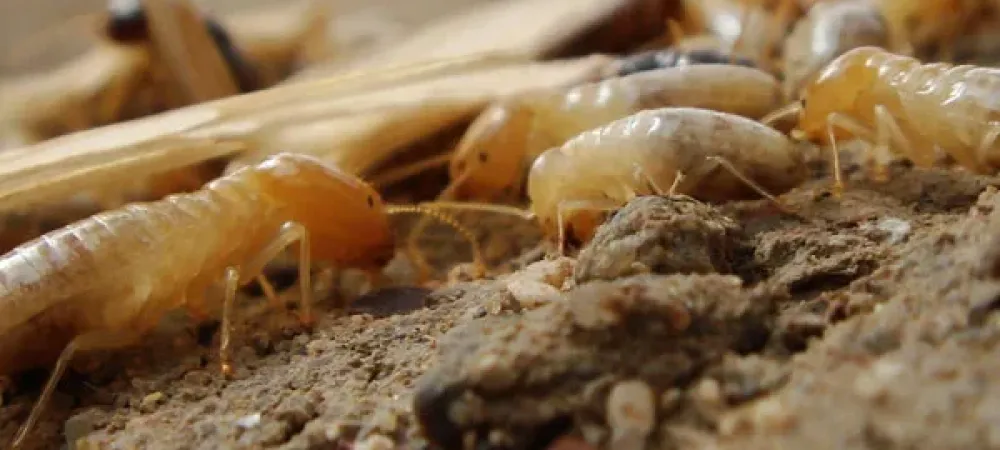The Most Common Termites in North Carolina

Termites are a common problem in North Carolina, causing extensive damage to homes and structures. But did you know that there are different types of termites that infest properties in the state? By knowing the most common types of termites found in NC, homeowners can take proactive measures to protect their properties and prevent costly termite damage. Whether you're a new homeowner or have been living in North Carolina for years, it's important to educate yourself about these destructive pests and take the necessary steps to safeguard your home.
Types of Termites in North Carolina
North Carolina's warm and humid climate provides the perfect breeding ground for termites, making it essential for homeowners to be aware of the types of termites that are prevalent in the area.
Eastern Subterranean Termites
Eastern subterranean termites are one of the most common and destructive termite species found in North Carolina. Recognizable by their creamy white to dark brown or black coloration, these termites have a worker caste that measures about 1/8 inch long and soldiers with elongated heads equipped with mandibles for defense. Their habitat primarily consists of subterranean colonies built within the soil, from which they construct distinctive mud tubes that provide both protection and moisture. Eastern subterranean termites are known for their gradual but relentless attacks on wood from the ground up, causing extensive structural damage over time.
Formosan Subterranean Termites
Formosan subterranean termites pose a significant threat to North Carolina's homes and buildings. These termites closely resemble their Eastern subterranean counterparts but are distinguishable by their oval-shaped heads and heightened aggressiveness. Their preference for warm and humid environments makes the state's climate an ideal breeding ground. Formosan termites are known to establish massive colonies, sometimes containing millions of individuals, which can result in rapid and extensive damage to structures. These voracious pests are not limited to wood and can chew through non-wood materials, including plastics.
Eastern Drywood Termites
Eastern Drywood Termites are light to medium brown and leave behind telltale small, round pellets as evidence of their presence. Soldiers of this species boast large mandibles and distinctive rectangular heads. Unlike subterranean termites, eastern drywood termites do not require contact with soil and infest dry wood found in homes, furniture, and dead trees. They can create small holes in wood surfaces and gradually weaken furniture and structural components over time.
How To Protect Your House From Termites
Termites are formidable opponents when it comes to protecting your home, but there are steps you can take to minimize the risk of infestation:
- Regular Inspections: Schedule routine termite inspections by professionals to catch infestations early.
- Moisture Control: Eliminate standing water and fix leaks to reduce moisture levels, making your home less appealing to termites.
- Wood-to-Ground Contact: Avoid direct contact between wooden structures and soil to prevent easy access for subterranean termites.
- Sealing Entry Points: Seal cracks and openings in your home's foundation and walls to prevent termite entry.
- Proper Ventilation: Ensure proper ventilation in crawl spaces to reduce humidity and moisture accumulation.
- Wood Treatment: Consider using termite-resistant or treated wood for construction and repairs.
- Professional Treatment: If an infestation is detected, seek professional termite control services for effective treatment.
Your Local Termite Experts
When it comes to protecting your home from termites, you should trust your local termite exterminators at Pest-X Exterminating! Our team has the knowledge and expertise to ensure that your home remains termite-free. Contact us today to get a free quote!
